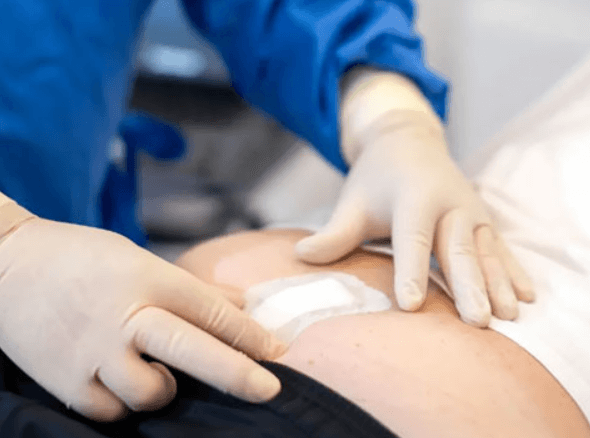Understanding Pilonidal Cyst Surgery: A Comprehensive Guide

Pilonidal cysts, although often hidden from public discourse, present a significant issue for many individuals. These cysts are abnormal pockets that develop in the skin and typically contain hair and skin debris. They are most commonly found near the coccyx, or tailbone. Despite their somewhat benign nature, pilonidal cysts can lead to substantial discomfort and complications if left untreated.
When Surgery Becomes Necessary
A pilonidal cyst operation, also known as pilonidal sinus surgery, becomes necessary when the cyst repeatedly becomes infected or inflamed. Symptoms prompting surgical intervention include severe pain, redness, swelling, and drainage of pus or blood, often accompanied by an unpleasant odor. In chronic cases, the cyst may form a sinus tract, a small tunnel-like structure under the skin extending from the cyst to the skin surface, contributing to persistent inflammation and infection. Here you can find videos about the pilonidal cyst operation.
Preoperative Considerations
Before proceeding with surgery, patients undergo a thorough evaluation by their healthcare provider. This assessment includes medical history reviews and physical examinations to determine the cyst’s size, location, and complexity. Patients are often advised on preparatory steps, such as maintaining the cleanliness of the area and potentially taking antibiotics if an active infection is present. Furthermore, individuals are informed about what to expect on the day of the surgery and the immediate postoperative period.
See also: Top Brain-Healthy Foods for Improved Focus and Memory
Types of Pilonidal Cyst Surgery
Several surgical options are available, depending on the severity and recurrence of the cyst. Each method aims to eradicate the infected tissue, reduce the chance of recurrence, and promote effective wound healing.
Incision and Drainage
This is the simplest form of surgical intervention and is typically performed when the cyst is acutely inflamed and infected. The surgeon makes a small incision over the cyst, allowing pus and debris to drain, thereby relieving pressure and pain. While effective for immediate relief, incision and drainage do not remove the cyst entirely, making recurrence a possibility.
Excision with Open Healing
This method involves the complete removal of the cyst and any associated sinus tracts. After excision, the wound is left open to heal from the inside out, a process known as secondary intention healing. Open healing reduces the likelihood of recurrence, as it ensures that all affected tissue is adequately addressed. However, it requires extended wound care and can take several weeks to months to heal fully.
Excision with Primary Closure
In this technique, the cyst and tracts are excised similarly, but the wound is then sutured closed. This method aims to provide a quicker recovery time with less wound care, but it carries a higher risk of recurrence because the wound may not drain adequately during the healing process.
Flap Procedures
For recurrent or complicated cases, flap procedures may be employed. These involve repositioning nearby tissue to cover the defect created by the excision. Common flap techniques include the Limberg flap and the Karydakis flap. These methods not only remove the cyst but also redistribute the tension on the wound, potentially reducing recurrence rates and enhancing cosmetic outcomes.
Postoperative Care
Proper postoperative care is crucial for effective recovery and minimizing complications. Patients are typically provided with detailed instructions on wound care, including how to clean and dress the site, signs of infection to watch for, and activity restrictions. Pain management is addressed through prescribed medications or over-the-counter pain relief options. In some cases, follow-up visits are necessary to monitor healing progress and remove sutures.
Long-Term Outcomes and Recurrence
The success of pilonidal cyst surgery largely depends on the chosen surgical method and adherence to postoperative care guidelines. Recurrence remains a concern, with rates varying depending on the technique used. Maintaining good hygiene and avoiding prolonged pressure on the tailbone area can mitigate the risk of future cysts.
Discussing all available treatment options with a healthcare provider ensures that patients make informed decisions tailored to their specific conditions and lifestyles.
Conclusion
Pilonidal cyst surgery, while often straightforward, requires careful consideration and adherence to postoperative care for optimal outcomes. Understanding the various surgical options and their implications enables those affected to navigate this medical issue with confidence and clarity.
